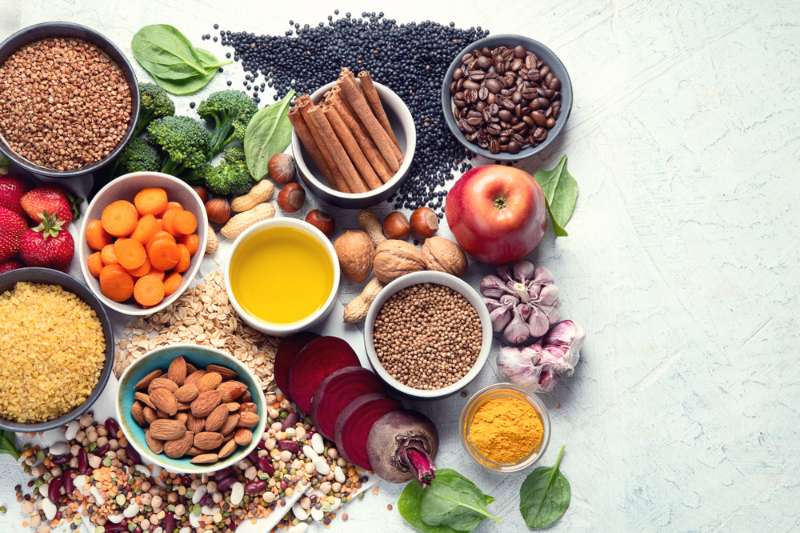Have you ever thought about the value of your food? Where it comes from? Or what it truly means to reap what you sow? If you’re the love-food-hate-waste type of person, then I’m sure you’ll agree with everything below. Get some tips on how to control food waste now.

By Kathy Bernier – The Practical Prepsteader
“What do I do with this?” asked my dinner guest, holding out a plate of beef burgundy, a hesitant expression on her face. She had accepted my invitation for the meal and had assured me that just the thought of my menu selection made her mouth water.
I swallowed the retort that sprang to my mind. I wanted to tell her that the only thing to do with food was to eat it. I wanted to tell her about the value of that food, of how the beef that I had simmered in wine sauce all afternoon was once a living breathing creature. I thought of the crisp October morning when we had used apples to lure the handsome young pasture-raised steers onto the livestock trailer, and of how we cried again two weeks later when we happened to witness strangers saying goodbye to their animal while we were picking up our packages of meat. I wished she could understand how that plate of beef represented so much more than just my work in the kitchen.
“Here,” I replied, reaching for the plate. “I’ll take it.” I scraped the entire serving into the chicken bucket I keep under the sink, consoling myself with the knowledge that at least it wouldn’t be completely wasted.
We don’t waste any food at our house, ever. We work too hard for it, and sacrifice too much, to let it land as a meaningless lump in a landfill somewhere.
However, our household is unusual in that regard. Never has food been of so little value to Americans in general. According to USDA data, we in our country pay a smaller percentage of our income on food than ever. In 1933, people spent 25.2 percent of their disposable income on food. In 2013, that figure was just 9.8 percent. You can see those figures for yourself on this chart:
http://www.ers.usda.gov/data-products/food-expenditures/data-files/food-expenditures/table7xls.aspx
Is it any wonder, then, that our society treats food so casually? In just eighty years, food has changed from something very dear to something so cheap that it’s not even worth taking care to conserve.
It is not only the actual dollars-and-cents cost of food that has diminished in recent generations, but the physical effort and nutritional value that people place on food as well. The USDA chart breaks down the food costs further into “At home” and “Away from home” categories. Back in 1933, almost all food costs were incurred at home, with just 3.3 percent spent away. But in 2013, nearly half – 4.3 of the 9.8 percent –…

